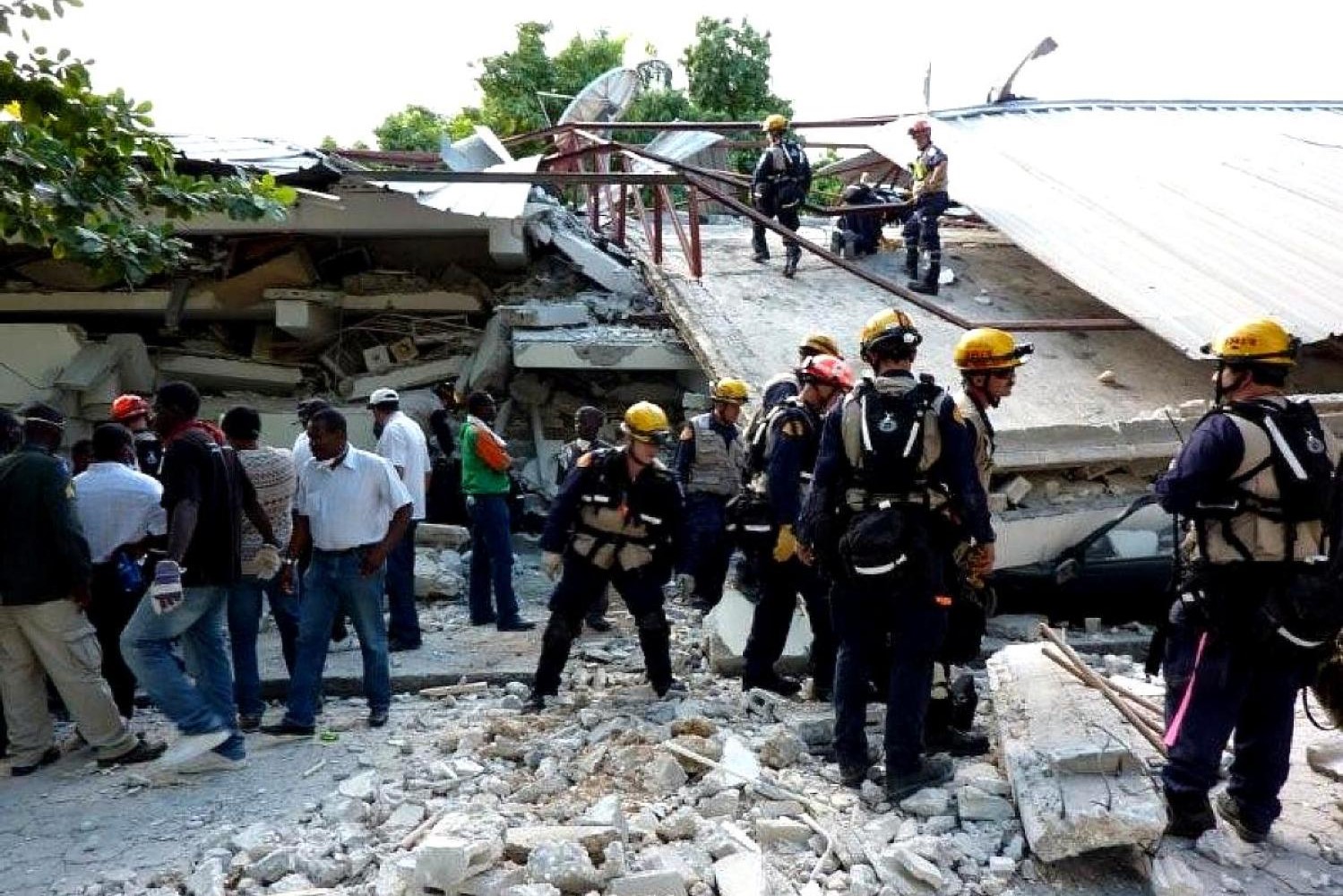
Earthquake: the difference between magnitude and intensity
Every time an earthquake occurs, two data that are provided to indicate its magnitude are the magnitude and the intensity
The first is indicated on the basis of a scale called Richter, while the second on the basis of the Mercalli scale.
What is the difference between these two parameters?
MANAGEMENT OF MAXIMUM CIVIL PROTECTION EMERGENCIES: VISIT THE SERAMAN BOOTH AT THE EMERGENCY EXPO
Intensity and Mercalli scale
Intensity is a parameter that allows us to establish the effects that the earthquake has caused on the territory.
In calculating the intensity, especially the effects on human structures are taken into consideration: houses, infrastructures, buildings.
The effects on the territory are also taken into consideration, such as modifications of the topography, upheaval of the water network, generation of landslides: but this only happens for destructive earthquakes. P
To measure the intensity, the Mercalli scale is used, modified at the beginning of the 1900s by the scientists Cancani and Sieberg and therefore more correctly called the MCS scale (Mercalli-Cancani-Sieberg).
The scale goes from the first degree, i.e. when the earthquake has zero effects on man’s structures and is not perceived by human beings except through instruments (seismographs), to the twelfth degree: total destruction of man’s buildings.
Intermediate degrees are established on the basis of a series of effects such as stability of buildings, sway of objects in houses, behavior of animals, sway of fluids, etc.
From the VI-VII degree there are injuries to buildings.
The intensity is therefore a parameter that strictly depends on the behavior of man-made structures with respect to seismic waves, and is not necessarily linked to the power of the earthquake.
The intensity also varies due to the local amplification of the seismic waves, for what is known as the local seismic response.
The intensity will be greater in alluvial areas, with river or lake sediments, less in rocky areas.
Finally, an important element is the depth of the hypocenter: very strong seismic events (high magnitude) but at great depths, have minimal effects on the territory.
VISIT ADVANTEC’S BOOTH AT EMERGENCY EXPO AND DISCOVER THE WORLD OF RADIO TRANSMISSIONS
Magnitude and Richter scale
Magnitude is used to express the magnitude and power of an earthquake on the basis of a relative scale, the Richter scale.
The higher the magnitude, the bigger the earthquake
The magnitude is closely linked to the energy released: the greater the magnitude, the greater the energy released at the hypocenter by the earthquake.
It is therefore a physical parameter, which expresses a quantity.
It is an objective and unambiguous parameter: an earthquake cannot have various magnitudes.
At most there may be small margins of error depending on how and by whom it was calculated.
It is not the only parameter to consider in the event of an earthquake, but it is certainly a very important fact for understanding its extent.
Seismographic stations are used to measure the magnitude of an earthquake.
The smallest earthquakes perceived by humans usually have a magnitude not exceeding 2.0, while the strongest recorded earthquake ever was that of Chile in 1960 with a magnitude of 9.5.
DO YOU WANT TO KNOW RADIOEMS? VISIT THE RADIO BOOTH DEDICATED TO RESCUE IN EMERGENCY EXPO
Examples of the difference between the Richter scale and the Mercalli scale
Example:
An earthquake with a high magnitude (e.g. 5.0 on the Richter scale) will have:
- a very low intensity on the Mercalli scale (for example 4th degree) if it occurs in a city built with anti-seismic criteria,
- a higher intensity on the Mercalli scale (e.g. 8°) if it occurs in a city with already unsafe buildings and/or built without anti-seismic criteria.
Example number 2:
An earthquake with a very high magnitude (for example 7.0 on the Richter scale) will have zero effects on the territory in the middle of the desert and therefore a very low intensity (2nd degree on the Mercalli scale).
Read Also
Emergency Live Even More…Live: Download The New Free App Of Your Newspaper For IOS And Android
Earthquakes: The Difference Between The Richter Scale And The Mercalli Scale
Difference Between Earthquake, Aftershock, Foreshock And Mainshock
Major Emergencies And Panic Management: What To Do And What NOT To Do During And After An Earthquake
Earthquake And Loss Of Control: Psychologist Explains The Psychological Risks Of An Earthquake
Civil Protection Mobile Column In Italy: What It Is And When It Is Activated
Earthquakes And Ruins: How Does An USAR Rescuer Operates? – Brief Interview To Nicola Bortoli
Earthquakes And Natural Disasters: What Do We Mean When We Talk About The ‘Triangle Of Life’?
Earthquake Bag, The Essential Emergency Kit In Case Of Disasters: VIDEO
Disaster Emergency Kit: how to realize it
Earthquake Bag : What To Include In Your Grab & Go Emergency Kit
How Unprepared Are You For An Earthquake?
Emergency Backpacks: How To Provide A Proper Maintenance? Video And Tips
Earthquake and How Jordanian hotels manage safety and security
PTSD: First responders find themselves into Daniel artworks
Emergency preparedness for our pets
Difference Between Wave And Shaking Earthquake. Which Does More Damage?


